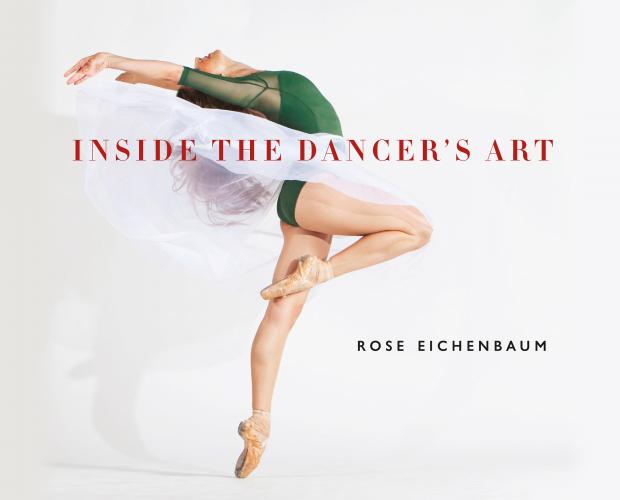As personally fulfilling as dancers’ lives can be, the duration of their stage careers are relatively short when compared to those of artists in other fields. Choreographer David Parsons spoke from personal experience when he lamented, “There comes a time when the body betrays you.”
So what does the dancer do when her body betrays her? Retired ballerina Martine van Hamel responded. “She must simply learn to live with her own demise. I don’t feel anymore like I’m a dancer, and yet, I’m nothing but.” When I asked the same question of veteran Martha Graham dancer Mary Hinkson, she said, “If you can’t do it, don’t do it. Why get on the stage and just hobble around?”
Many told me about the challenges of finding a balance between their personal and professional lives. They shared deeply personal stories and, in some cases, their darkest and most frightening moments. They recalled with pride their signature roles, reminisced about the invaluable relationships they had developed with other dancers and choreographers. They spoke eloquently and lovingly of their appreciation for the dance—how it had given their lives meaning and enriched it beyond their wildest expectations. Others confessed hurt and betrayal by an art form that can be fiercely unforgiving.
Whether starting out, at the height of their career, or looking back, dancers know that they have the ability to inspire, stimulate the imagination, communicate ideas and emotions, and offer commentary about ourselves and our world. Many feel compelled not only to uplift audiences, but humanity as a whole.
I know all this because long before I picked up a camera and tape recorder, I was a dancer. I too had dreamed of a career on the stage, but ultimately found my true calling as a dance photographer, author, and teacher.
My earliest influence as a photographer was Barbara Morgan, whose extraordinary skill at capturing moving bodies in time and space, artfully lit and composed, had a profound effect on my visual aesthetic. She practiced “previsioning,” an intuitive approach that prepared her to establish an empathetic relationship with her subjects as she searched for “meaning within form.”
It is through this method that Morgan captured so poignantly the personas and artistic expressions of Martha Graham, Erick Hawkins, José Limón, Anna Sokolow, Merce Cunningham, Doris Humphrey, and others. Her desire to take pictures that contained “the essential emotion of the dance and arrest time to capture the dance at its visual peak” made her images of the late 1930s and 1940s among the first to reveal the dancer’s spirit and artistry. When I studied her photos, I saw intimate portraits that conveyed what lies beneath technique, costumes, and character. She captured the dancers’ relationship to their art and of the art itself. Could I do the same? I vowed to try. The year was 1985.
For more than three decades, I’ve photographed hundreds of dancers of every style—from ballet, tap, jazz, and break-dancing to ballroom, postmodern, world dance, butoh, and the avant-garde—in dance studios, photo rental houses, and site-specific locations, in rehearsals and in performances. Regardless of the assignment, whether marketing a dance company or performance, shooting a magazine cover, publishing a book, or pursuing a personal project, it’s always been my intention, in the spirit of Barbara Morgan, to search for meaning within the form.
My thirty years as a photographer and chronicler of dance brought me in close contact with some of the most celebrated names in dance, as well as many talented emerging artists. Every such encounter contributed in some way to my understanding of the dancer’s life and art. This work is a record of my journey into the world of dance, and is dedicated to the dancers who I have had the honor to photograph and interview during the course of my exploration of one of humanity’s oldest and most impassioned forms of artistic expression.
Rose Eichenbaum
Inside the Dancer’s Art
This image of a dancer stretching is among my very first dance photographs and my most personally meaningful. Taken in 1985 at the dance studio where I trained, it reminds me of my yearning for the stage, the drive to perform, and the physical challenges I faced. Most of all, it informs me that I will always be, first and last, a dancer.
Rose Eichenbaum
Dancer’s identity unknown
Dance changes you. You can never go back to being the person you were before.
Joaquin Escamilla
Chelsea Hackett
Rei Aoo
Dancing is how I connect with the power we all have to change the world.
Mark Mendonca
I can always remember the dances, even from the shows I did forty years ago.
Gwen Verdon
Intertwining moves, caressing ever so lyrically—adagio-ing with God—a romance with my creator.
Natalie Willes
I dance because I must. I cannot be stilled.
Natalie Willes
